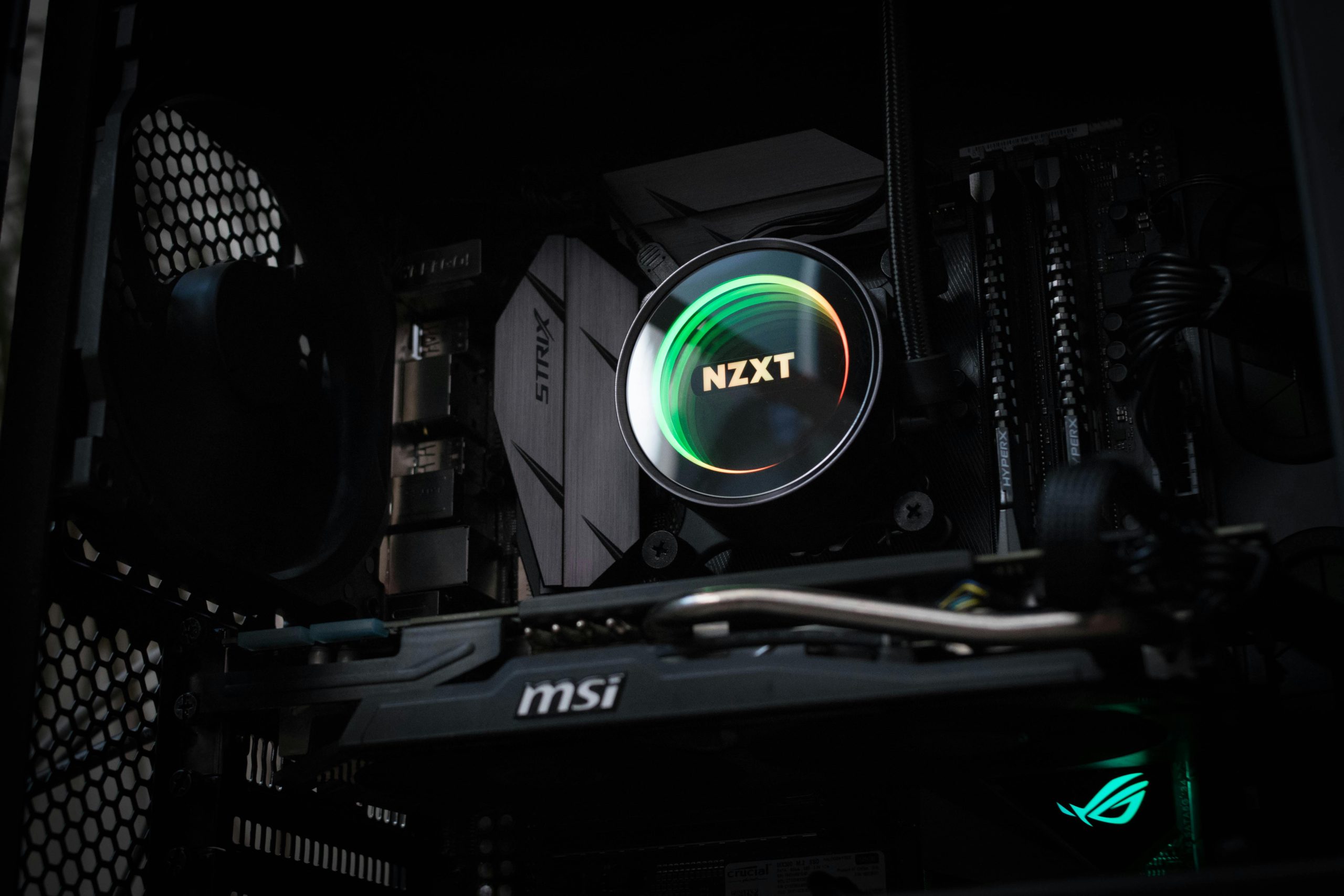Troubleshooting TPM Compatibility Issues for Windows 11 on ASUS ROG Strix B650E-F Gaming Motherboard
Upgrading to Windows 11 offers numerous benefits, including enhanced security features and a more streamlined user experience. However, some users with specific motherboard models, such as the ASUS ROG Strix B650E-F Gaming, encounter challenges related to Trusted Platform Module (TPM) requirements. This article aims to guide users through common issues and provide effective solutions to enable TPM 2.0 support for Windows 11 installation.
Understanding TPM and Its Role in Windows 11 Compatibility
TPM is a hardware-based security feature that securely stores cryptographic keys, enhancing system security. Windows 11 mandates TPM 2.0 support for installation and operation. Motherboards lacking proper TPM configuration may prevent Windows 11 from being installed or recognized.
Common Issues Encountered
- TPM not detected despite BIOS settings being enabled
- Windows reports no compatible TPM present
- Error messages related to AMD PSP device, such as “This device can not start (Code 10)” and “STATUS_DEVICE_POWER_FAILURE”
- Difficulty in enabling TPM after BIOS adjustments
Step-by-Step Troubleshooting Guide
- Verify BIOS Settings for TPM
Ensure that TPM 2.0 is enabled in your motherboard’s BIOS:
- Access BIOS during system startup by pressing the designated key (usually DEL or F2).
- Navigate to the Advanced or Security tab.
- Locate the TPM or Trusted Platform Module option.
- Set TPM to “Enabled.”
-
Save changes and reboot.
-
Confirm TPM Activation in Windows
After BIOS configuration:
- Open the Device Manager.
- Expand “Security Devices.”
- Check for “Trusted Platform Module 2.0.”
-
If absent or with a yellow warning, proceed to next steps.
-
Address the AMD PSP Device Error
The AMD PSP (Platform Security Processor) is integral to TPM functionality on AMD platforms. Errors like “This device cannot start (Code 10)” indicate driver or hardware issues:
- Update AMD Chipset Drivers:
- Download the latest drivers from AMD’s official website.
- Use Device Manager or Armoury Crate to update drivers.
- Reinstall AMD PSP Driver:
- Right-click the AMD PSP device in Device Manager.
- Choose “Uninstall device.”
-
Restart your system to allow Windows to reinstall default drivers.
-
Reset BIOS Settings
Sometimes, restoring default BIOS configurations can resolve conflicts:
- Enter BIOS.
- Select
Share this content:



